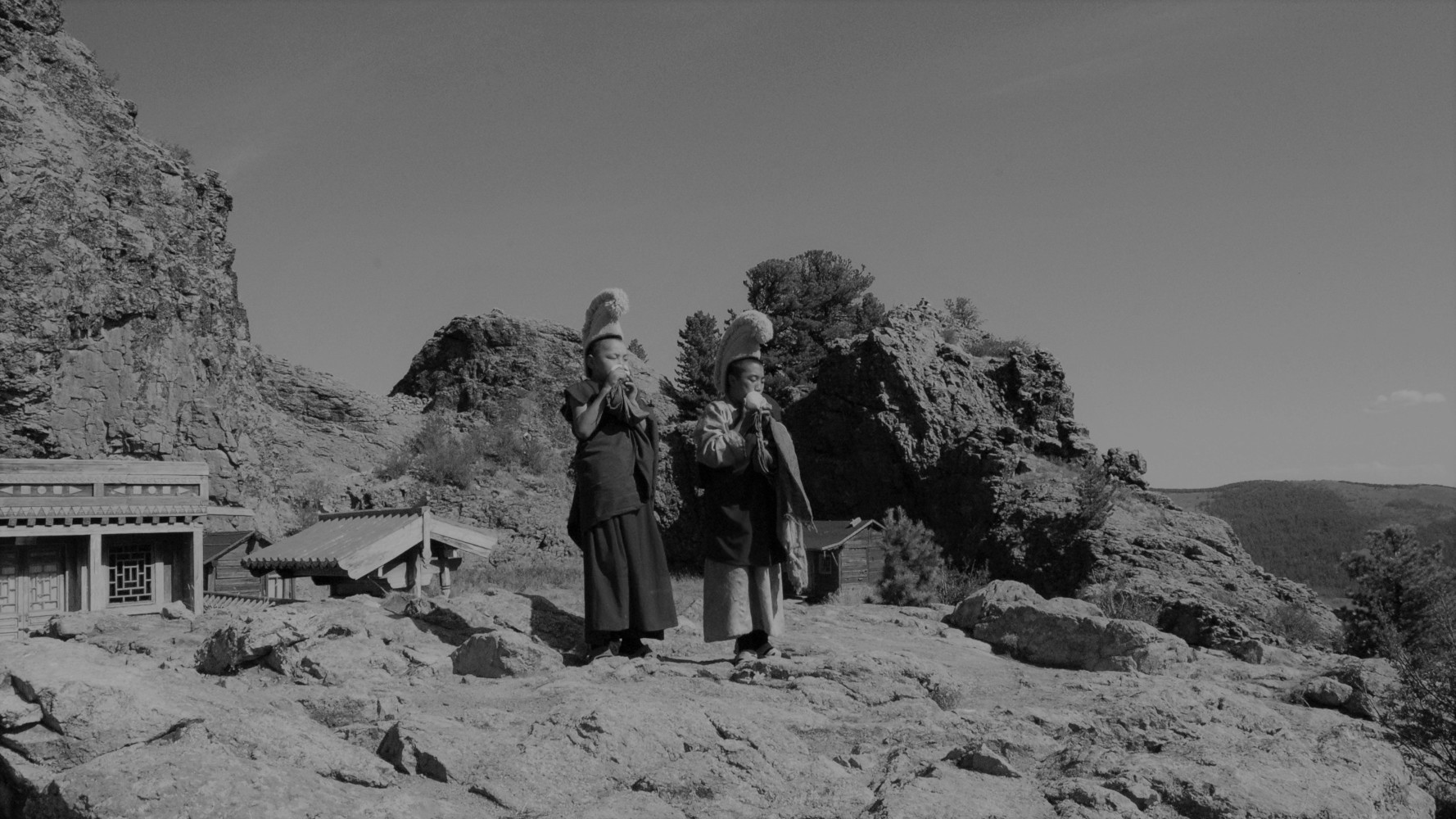Even though Mongolian Shamanism struggled valiantly against Lamaism by diverse means, they were gradually falling under the influence of Lamaism. eventually, the Black and White Shamans became divided into the Black and Yellow Shamans. Counting the Choijins and Gurtems or Lama-Shamans of Red Buddhism, who existed before the spread of Lamaism in Mongolia. Mongolian Shamanism was divided into three groups.
The Water and Black Shamans were related to their praying to spirits of the same color. While this remained true, Shamanism stayed strong. However, the destruction of these divisions and the new divisions between Yellow and Black weakened them. Black Shamans were sub-divided into those who were, and those who were not, involved in Black or evil deeds. Those shamans who preserved their original customs and ritual manners without considerable changes were called Black Shamans and their followers Black Shamanists. The two groups of Black Shaman celebrated their independent beliefs and were in constant rivalry with Lamaism. Hence, black shamans were predominant at the beginning of the twentieth Uighurs, the Western Buriads of Ahay Tunhen, Kabani, and, to the west of Lake Baikal, the Darhads, Huulars, Jots, Jogds, Iljgens, and Soyods.
The ideology of Lamaism spread through Mongolia from the south and southeast, from the Chinese Ming and Ching Dynasties to Tuva and Buriad and its influence was strongest in Inner Mongolia and Central Halha. Lamaism’s influence was weaker to the west and north of Halha and weakest in Tagna for the weakness of Lamaism in Darhad and other tribes of Mongolian and Tureg origination from the wets of Lake Hovsgol are as follows:
Firstly, Geographical obstacles such as the high mountains of Tibet, the Gobi, and the snow-covered ridges of the Altai, Hangay, and Horidol were major physical barriers to the spread of Buddhism from Tibet to Central Asia. Moreover, the first Lamaist monasteries were not built in the area around Lake Hovsgol until about a hundred years after Lamaism was given official predominance in Halha. For example, Arig Lamasery was established in 1748 and Darhad in 1850; others did not emerge until the nineteenth century. Due mainly to their remoteness from established centers of Buddhism, several of those temples established from the seventeenth century onwards were abandoned. Additionally, military and political events of that time, including the outbreak of war between Oirad and Halha |1688| and the expansionist policy of the Tsarist Russian government also disrupted the spread of Lamaism in the area.
Secondly, ideological solidarity between Shamans and Shamanist believers of Hovsgol’s Darhad, Urianhay, Siberian, native tribes, Tuvans and Buriads provided a significant and longstanding obstacle to the spread of Lamaism in this region. Even though the Lamas had established the main center of Yellow Shamanism in Dayan Deerh, the influence of Lamaism was still especially weak in the western localities of Hovsgol Lake until the beginning of the twentieth century.
Thirdly, the Manchurian Haruul’s |security| zone separated Hovsgol’s Darhads and Urianhay’s from the Mongolian heartland after the frontier was negotiated between Tsarist Russia and the Manch Empire in 1727. According to an official order of the Manchurian government of that time, the inhabitants of the western and southwestern areas of Lake Hovsgol were allowed to pass through the zone once per year, and only through the Beltes guard point along a special route called the “Darhadian Road” to Niislel Huree, the chief monastery of Outer Mongolia. This measure separated Shamanism from Lamaism, which was intensively promoted in Halha, but equally prevented the resurgence of Shamanism among the Halha Mongols, which the Manchurian government was anxious to prevent.
These factors combined to preserve Shamanism in the region surrounding Lake Hovsgol. Nevertheless, I consider that the original ideology and customs of the Mongolian Shamans and the Mongols influenced peoples were least affected by the influence of Lamaism.
Therefore, the shamans of the Ar Shirten Urianhay, the northern, western, and eastern Otogs of darhad and Tuva |who were dwelling to the west of Lake Hovsgol|, and the Buriadian tribes of Ahay, Tunhen, and Kabani, who were located to the north of East Sayan and Hamar Davaa ridges were definitely not subordinated to the dayan Deerh’s authority. Anyone who worshipped Dayan Deerh was snubbed as someone who “worshipped and adultress”. Consequently, they were not allowed to return to their place of birth. For instance, Laidal Udgan and other shamans, mainly women, who worshipped Dayan Deerh lost their right to return to their native locality and they remained in the vicinity of Dayan Deerh |for example in Uilgan, Darhint, Hohoo, Hatgal Haruuls, and the southwestern and southeastern parts of Hovsgol’s Urianhays|.
The Mongolian Black Shamans of the seventeenth to twentieth centuries contained shamans of the ancient Black and Whitesides. That is to say that a Shaman who adhered to the ancient Black side and carried out Black actions became a Black Shaman. A Shaman who did not carry out Black actions and was formerly a White Shaman is also considered to be a Black Shaman, as they were not Buddhists.
The shamans of Black actions carried out their activities in general for vengeance against enemies or rivals by killing, cursing, or inflicting harm upon them. They were a minority between both the Black and White Shamans. Moreover, the minority of the Ongons of a shaman with Black actions would be evil or angry spirits. For example, among the Shamans with the Black Ongons, dandiin Damba zayran |was executed in 1937 as a counter-revolutionary| was the last one of that time. In other words, the shamans with Black tendencies carried out both good and bad deeds. However, the shamans without Black Ongons, like the ancient shamans of the Whiteside, only carried out Shamanist rituals for benign purposes.

